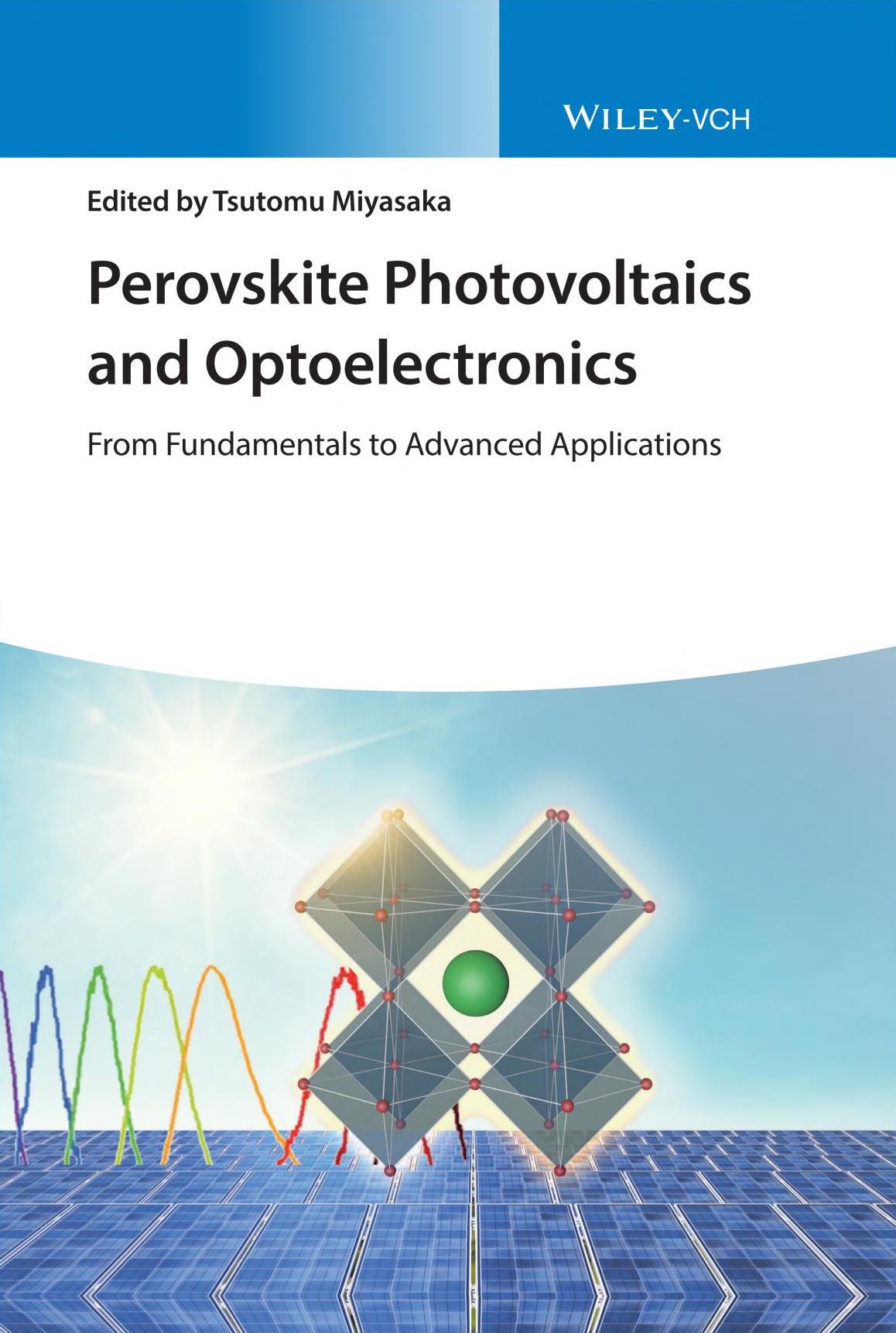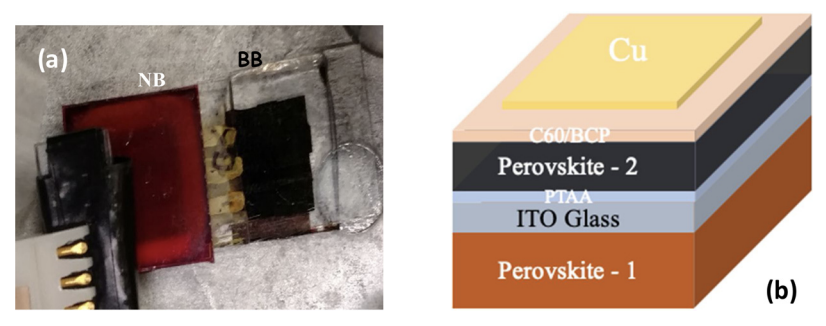Publications
My Orcid ID is 0000-0002-4882-9542
Active Matter
Active matter consists of self-propelled individuals, such as humans walking, fish swimming, or colloids propelling from chemical reactions. Activity enables these individuals to come together, interact, and act collectively: humans form crowds, fish form schools, and active colloids phase separate into a dense and dilute phase. However, activity continuously drives the system out of equilibrium, making it a challenge to predict system behaviors. My goal is to increase our understanding of active matter through computation to enable the design of experimental systems and applications, such as drone swarms.
Phase behavior and surface tension of soft active Brownian particles
N. J. Lauersdorf, T. Kolb, M. Moradi, E. Nazockdast, and D. Klotsa. 2021 Soft Matter Emerging Investigators themed collection (invited) Soft Matter 17, 6337-6351 (2021)
I derive an analytical theory predicated on equilibrium statistical mechanics to predict the steady state of non-equilibrium, active Brownian (self-propelled) systems. Being able to predict the final, steady-state behavior of systems is typically reserved for traditional, equilibrium systems; therefore, knowing how our active systems should behave is incredibly unique, allowing for designing systems with a desired steady-state.


Perovskite Photodetectors
A photodetector is a device that senses the presence of light of a specific wavelength. Next-generation photodetectors have gained increasing interest due to their widespread applications in image sensing, radiation detection, and fiber-optic communication. Perovskite, unlike most commercial detectors, is a solution-processed semiconductor, therefore, perovskite photodetectors can be mass-produced quickly and cheaply, like newspapers.

Chapter 13: Perovskites enabled highly sensitive and fast photodetectors
N. J. Lauersdorf and J. Huang. Book chapter published in “Perovskite Photovoltaics and Optoelectronics: From Fundamentals to Advanced Applications” 383-409, edited by Tsutomu Miyasaka, Wiley (2021).
This textbook chapter distills perovskites and photodetectors to an easily-digestible manner for students and scientists new to or seeking to get into the field. I summarize notable developments and provide my insight on fruitful research directions.

Tunable perovskite-based photodetectors in optical sensing
J. Wolanyk, X. Xiao, M. Fralaide, N. J. Lauersdorf, R. Kaudal, E. Dykstra, J. Huang, J. Shinar, and R. Shinar. Book chapter published in Sensors and Actuators. B 321, 1-7 (2020).
I developed the first narrow-band perovskite photodetector that can accurately differentiate photo-luminescent dyes, which is important for detecting harmful chemical or biological materials, such as COVID-19, in laboratory samples. Creating affordable detectors for this diagnostic tool is essential for providing greater access to lower-income patients.


Fusion Plasmas
A fusion plasma is a soup of fast-moving ions that continuously interact and combine to form heavier ions, releasing significant amounts of energy in the process. Fusion reactors, such as the Madison Symmetric Torus (MST), attempt to harness this virtually inexhaustible supply of energy. However, current fusion generators are non-ideal for sustained fusion, i.e. MST plasmas have a signifiant number of aluminum impurities due to its aluminum vacuum vessel. Diagnostics allow us to understand the plasma properties, infer why the plasma possesses them, and design improvements for future iterations of fusion plasma experiments.

Development of a Ross Filter Based Aluminum Line Radiation (NickAl2) Detector in Madison Symmetric Torus (MST)
N. J. Lauersdorf, L. M. Reusch, and D. Den Hartog Senior thesis internally published by UW-Madison, 1-75 (2018).
Applying a Python model that I developed, I simulated the energy emissions and measured signal from the MST to design and optimize an x-ray detector that measures Aluminum line-radiation. Previously, diagnostics would use incredibly thick filters to block the Aluminum line radiation, losing significant information in the process. Now, all diagnostics use much thinner filters and, therefore, retain significantly more information.
